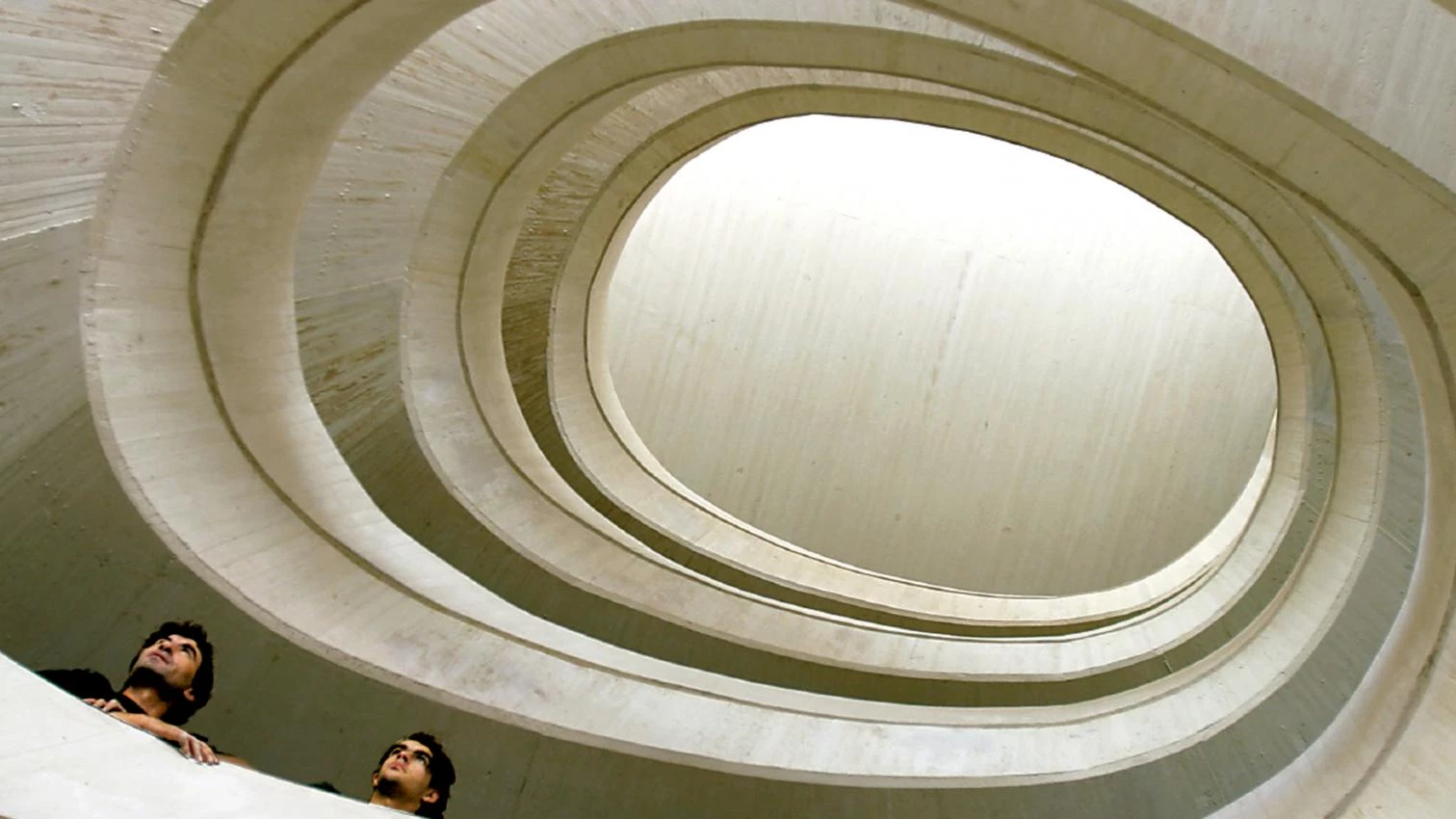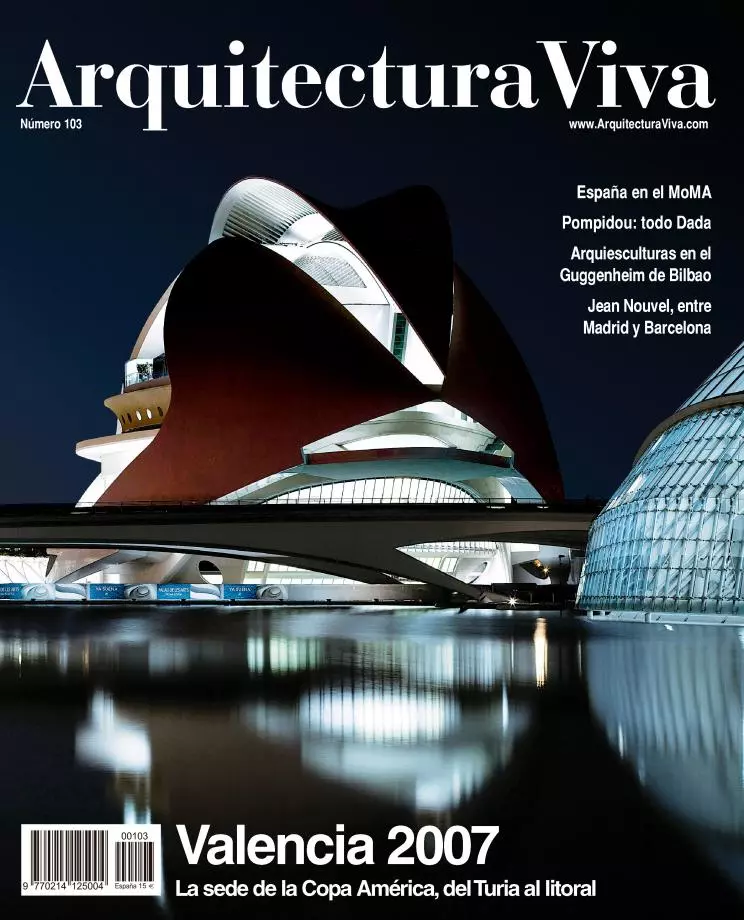
Spectacle builds the city. Both big sports events and Expos have an urban dimension that turns them into milestones of architectural experiment. Spain saw this in 1992, when the coincidence of the Olympic Games of Barcelona and the Universal Exposition of Seville supplied a handful of built landmarks for the best PR campaign of its history. Madrid’s recent vie with Moscow, New York, Paris and London, with the final victory of the British, to host the Games of 2012 illustrates the urban cravings provoked by high-profile sport, economic engine and symbolic bait to obtain public funds that may be thematized through collective pride. Thus, the architectural calendar of the near future includes the World Cup of Germany in 2006, the America’s Cup of Valencia in 2007 and the Olympic Games of Beijing in 2008 (also the year of the Zaragoza Expo), three sports and media events that shall mark the coming summers, forever changing their host cities.
In the case of Valencia, its designation in 2002 as venue for the oldest and most important yacht race – that many describe as the Formula 1 of the sea –, among more than sixty candidate cities, has a double character: on the one hand, it reflects the ambition, dynamism and determination of the third Spanish city, able to compete successfully in the demanding urban leagues for the organization of planetary events; on the other, it provides an alibi to boost its large projects of urban renewal and to show the world its accomplishments. The unprecedented circumstance of the last winner of the America’s Cup being from Switzerland, a landlocked country, has given Valencia the extraordinary opportunity to redesign its obsolete seafront, as well as the chance to improve its transport network, from airport to subway, and perhaps also an excuse to urge the central administration to expedite the arrival of the high-speed train to a city and a port of increasing economic relevance.
We cannot discuss Valencia without mentioning Calatrava, an architect and engineer that has made himself as inseparable from the local image as the paella or the fallas, and this in spite of the fact that his house and studio are outside Spain, his oeuvre has an international scope, and his sculptural forms serve as logos for very different institutions or cities. Though Martin Filler in The New York Review of Books may describe him as halfway between Disney and Gehry, Ada Louise Huxtable in The Wall Street Journal as “dangerously close to kitsch”, and Edwin Heathcote in The Financial Times as a victim of the ‘icon syndrome’, the Valencian is the first architect to exhibit in New York’s Metropolitan since Breuer in 1972, and his soaring populism a manifestation of contemporary spectacle, as rooted in his time as Fra Angelico or Van Gogh, exhibited next to him, were in theirs. Valencia’s luminous and sensual energy is not only represented by Calatrava, but his work is indeed worthy of this dazzling and exuberant city.





